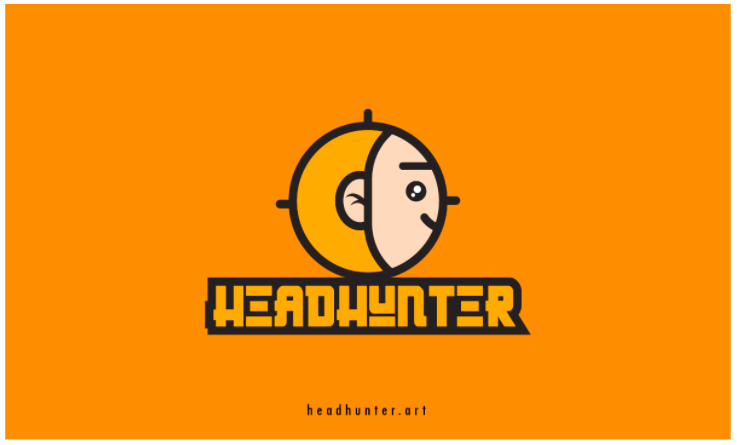
Headhunter, a Storage and Display Solution Aiding NFT Artists and Collectors
- summy Morphe
- May 16, 2021
- Blockchain
- 0 Comments
Non-fungible tokens (NFT) marketplace, HeadHunter is creating lasting display and storage solutions for collectors and artists via interactive trophy rooms. Additionally, the platform allows decentralized governance and offers extra income to Heads (HeadHunter NFTs) – connecting decentralized finance, or DeFi, to the NFT world. Since the turn of the year, NFT marketplaces have witnessed explosive growth as mainstream media, billionaires, the NYSE and the general public jumped into the NFT craze. However, the exponential rise of NFTs has slowed in the past few weeks as collectors and artists face challenges of selling and properly displaying their digital art to the public. According to a report by CNN, two of the most common challenges for artists and collectors revolve around where to display their digital collectibles and how to store them securely. HeadHunter (HH) launched in 2020 intending to “create a more interactive and intuitive marketplace for NFT collectors and artists”, its website reads. HH is an NFT project that aims to solve the persistent storage and display problems via its virtual islands with interactive trophy rooms that artists and collectors can showcase their digital art, music, collectibles, trading cards, etc. in a self-customized format. HH includes a total of 666 unique hand-drawn digital art collections by RektmeRev, a renowned NFT artist who also launched the DontBuyMeme art collection. Each Head gives the holder a key to a virtual private island with trophy rooms to display NFT collections in any arrangement they wish. The holders of the trophy rooms will also be able to organize and decorate their galleries as they see fit. The trophy rooms are open and secure marketplaces that aid the exposure and demand for these HeadHunter NFT holders’ collections. The Heads holder can also assign a portion of his trophy room to third-party NFT creators for a consignment fee. This aims to develop the platform into an open and interactive marketplace enhancing “travel” between collectors’ galleries to view each other’s collections. In addition to the display and storage solution HeadHunter offers, Heads holders will also improve the tangible marketplace experience by introducing an improvised “Barter and Partial Barter system”. In simpler terms, this principle states that HeadHunter NFT holders will be able to trade “X for Y” or “X and Y for Z”. HH model also integrates DeFi principles of governance and profit-sharing with the Heads holders. Every holder of the 666 Heads will receive an aggregate of 25% of the revenue generates by the marketplace, profit generated from secondary sales of Heads on third-party NFT marketplaces, and fees from secondary NFTs on HeadHunter. Notwithstanding, HH NFT holders will have a say in the governance of the protocol – by proposing and voting for the “updated functionality of marketplace, secondary sales percentages, and various other fee structures affecting their revenue,” a spokesperson from HH said. The dream of bringing DeFi to HeadHunter’s NFT marketplace stretches on with the team currently investigating the viability of launching automated market makers (AMMs) for NFT products. Illustration: A simple image showing how an NFT AMM could work on HeadHunterIn the example above, the AMM would initiate the trade and every participant would receive the asset they desire. As NFTs move to the mainstream, the need for virtual display rooms becomes ever more important to see the continuation of the spurring growth of the NFT industry. HeadHunter is leading the charge!

